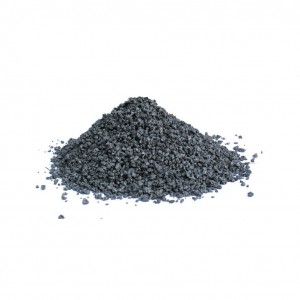Expanded graphite is a kind of loose and porous worm-like substance obtained from natural flake graphite through intercalation, washing, drying and high-temperature expansion. It is a loose and porous granular new carbon material. Due to the insertion of intercalation agent, graphite body has the characteristics of heat resistance and electrical conductivity, and is widely used in sealing, environmental protection, flame retardant and fireproof materials and other fields. The following editor of Furuite Graphite introduces the structure and surface morphology of expanded graphite:
In recent years, people pay more and more attention to environmental pollution, and the graphite products prepared by electrochemical method have the advantages of little environmental pollution, low sulfur content and low cost. If the electrolyte is not polluted, it can be reused, so it has attracted much attention. The mixed solution of phosphoric acid and sulfuric acid was used as electrolyte to reduce the concentration of acid, and the addition of phosphoric acid also increased the oxidation resistance of expanded graphite. The prepared expanded graphite has a good flame retardant effect when used as thermal insulation and fireproof materials.
The micro-morphology of flake graphite, expandable graphite and expanded graphite was detected and analyzed by SEM. At high temperature, the interlayer compounds in the expandable graphite will decompose to generate gaseous substances, and the gas expansion will generate a strong driving force to expand the graphite along the direction of the C axis to form the expanded graphite in a worm shape. Therefore, due to the expansion, the specific surface area of the expanded graphite is increased, there are many organ-like pores between the lamellae, the lamellar structure remains, the van der Waals force between the layers is destroyed, the intercalation compounds are fully expanded, and the spacing between the graphite layers is increased.
Post time: Mar-10-2023
